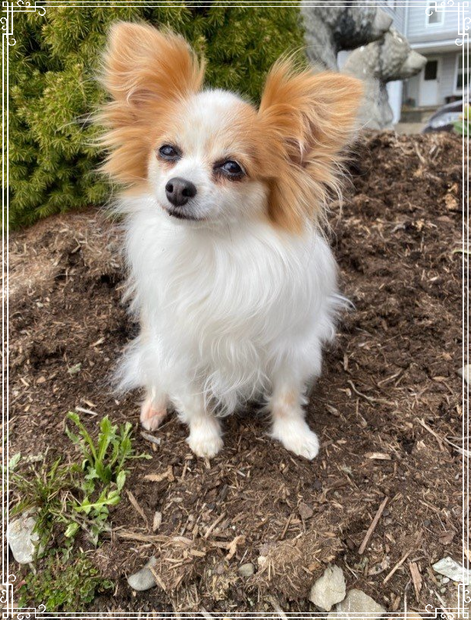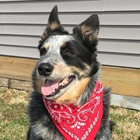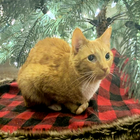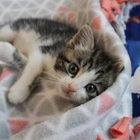For Emergencies, please call 814-866-5920.
Hours of Operation
Weekends: 2pm Saturday through 8am Monday
Weeknights: 8pm - 8am Wednesday through Friday
For Emergencies, please call 814-866-5920.
NORTHWEST PA
PET EMERGENCY CENTER
We are open! We are curbside.
Please call 814-866-5920 before entering the hospital.
Emergency Pet Care
Pets, just like people, can get into life-threatening situations that may require immediate medical attention. These events usually seem to occur at odd hours when your regular veterinarian’s office is closed. If your pet suffers a serious injury or a life-threatening event, stay calm, but try to get your pet to a veterinarian as soon as possible.
When should you worry? There are certain clinical signs your pet may exhibit that are emergency situations and require immediate attention. Emergency situations may include any of the following:
- The inability to urinate
- The inability to walk or stand
- Sudden pain
- Respiratory distress
- Severe vomiting or bloody diarrhea
- Loss of consciousness
- Severe blood loss
- Trauma such as being hit by a car, or trauma to the eye or face
- Penetrating wound
- Seizures
- Labor that is not progressing
- Choking
- Toxin or foreign body ingestion
- Swollen abdomen
- Poisons
Contact Us
We will get back to you as soon as possible.
Please try again later.
Contact Us
When you need our services, don't hesitate to call.
For any questions about our practice, the services we offer, or anything else you may need, please contact us, and we'll be happy to get back to you.
Do not use this form if your pet is currently in need of emergency services. Please call or go to the hospital if your pet needs immediate care.















